Optimal Timing for Roofing Services
Timing for roofing service depends on weather conditions, local climate, and the type of roofing work needed. Optimal periods typically include late spring through early fall, when temperatures are moderate and weather is generally predictable. Performing roofing projects during these times reduces the risk of delays caused by rain, snow, or extreme cold, ensuring quality workmanship and timely completion.
Spring offers moderate temperatures and longer daylight hours, making it an ideal time for roofing projects. It allows for thorough inspections and repairs before summer heat or winter cold set in.
Summer provides warm weather and dry conditions, suitable for extensive roofing work. However, high temperatures can pose safety concerns, requiring careful planning.
Fall is a popular season for roofing due to cooler temperatures and less rain. It provides enough time to complete projects before winter.
Winter is generally less favorable due to snow, ice, and freezing temperatures, which can hinder roofing work and affect material performance.
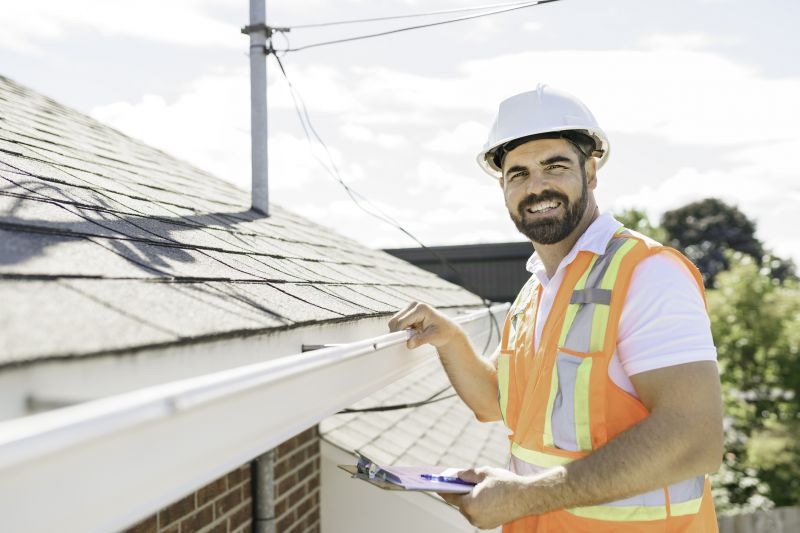
Spring is an ideal time for thorough roof inspections to identify damage from winter weather.

Warm summer days allow for efficient installation and repairs.
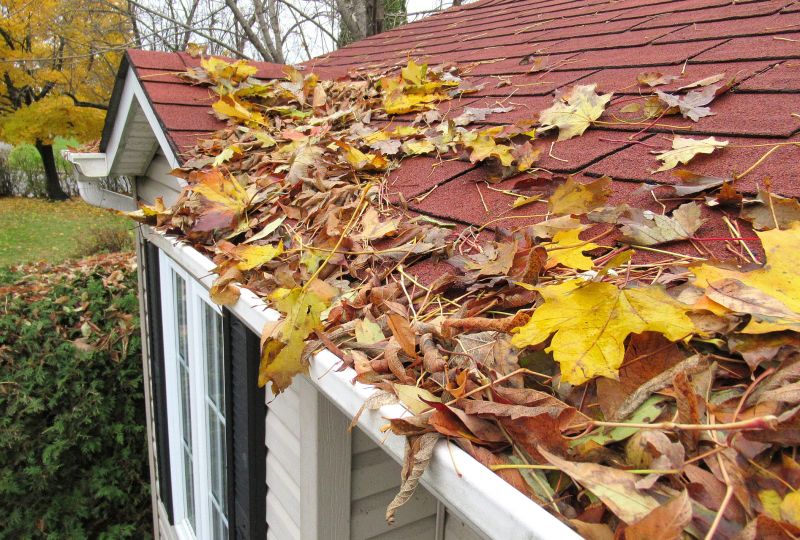
Fall provides a window to complete repairs before winter sets in.
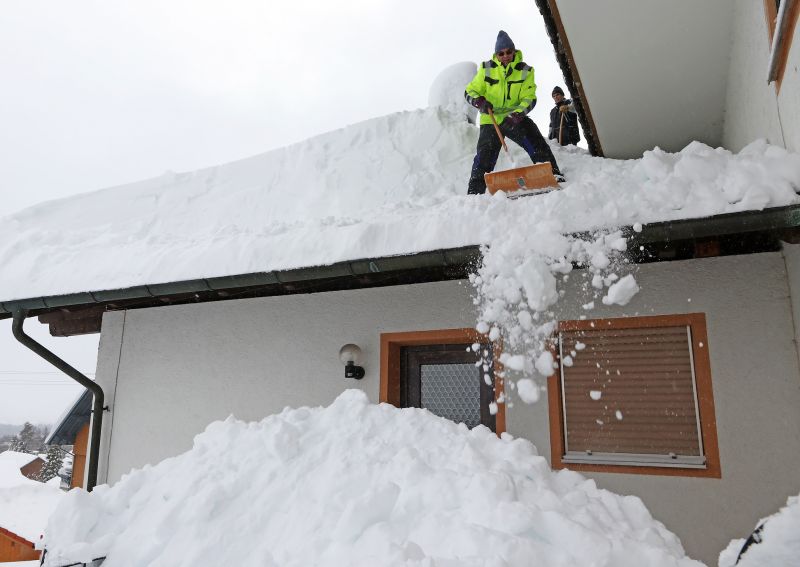
Winter conditions can delay roofing projects due to snow and cold temperatures.
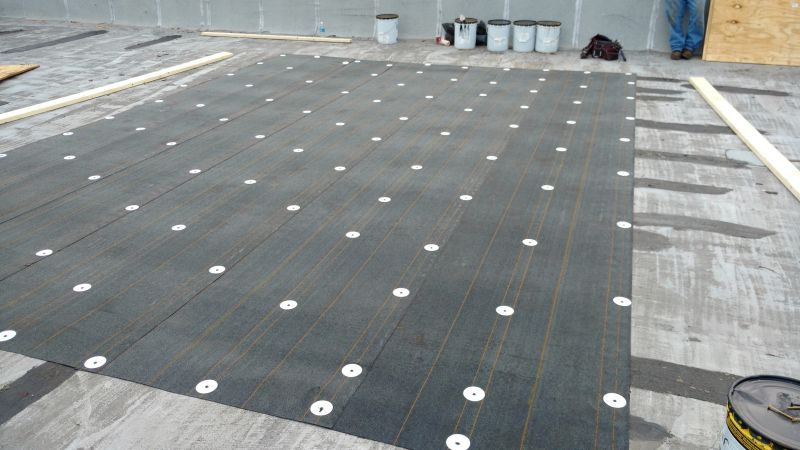
Ways to make Roofing Service work in tight or awkward layouts.

Popular materials for Roofing Service and why they hold up over time.
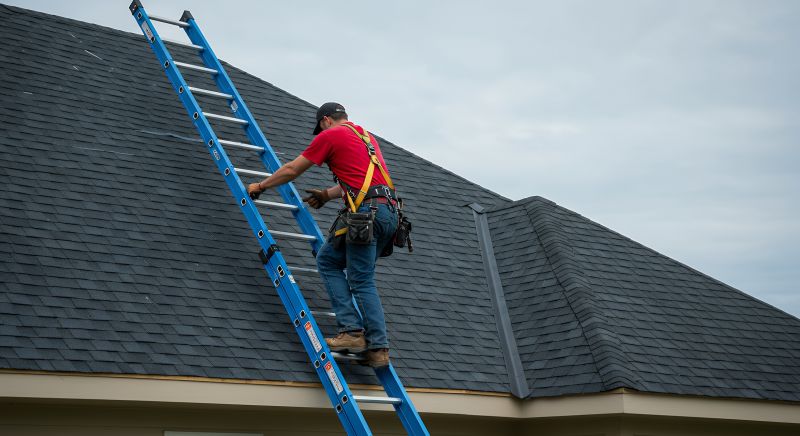
Simple add-ons that improve Roofing Service without blowing the budget.
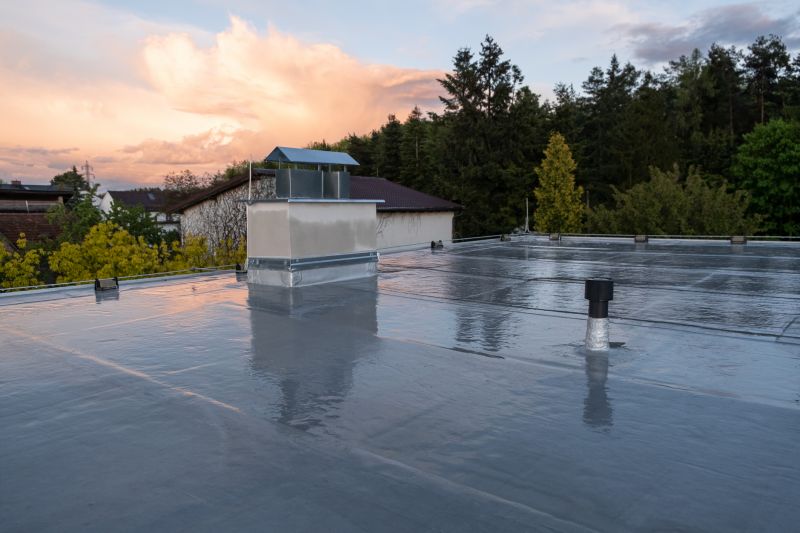
High-end options that actually feel worth it for Roofing Service.
| Season | Ideal Roofing Conditions |
|---|---|
| Spring | Moderate temperatures, longer days, good for inspections and repairs |
| Summer | Warm and dry, suitable for extensive work, but watch for heat safety |
| Fall | Cooler weather, less rain, ideal for completing projects |
| Winter | Cold, snow, and ice can cause delays and safety concerns |
Roofing services encompass a range of activities including inspections, repairs, replacements, and maintenance. Proper timing ensures these services are performed under conditions that promote safety, durability, and quality. Scheduling during favorable weather minimizes risks and enhances the longevity of roofing materials. Regular roof maintenance can extend the lifespan of a roof by identifying issues early and preventing costly repairs.
